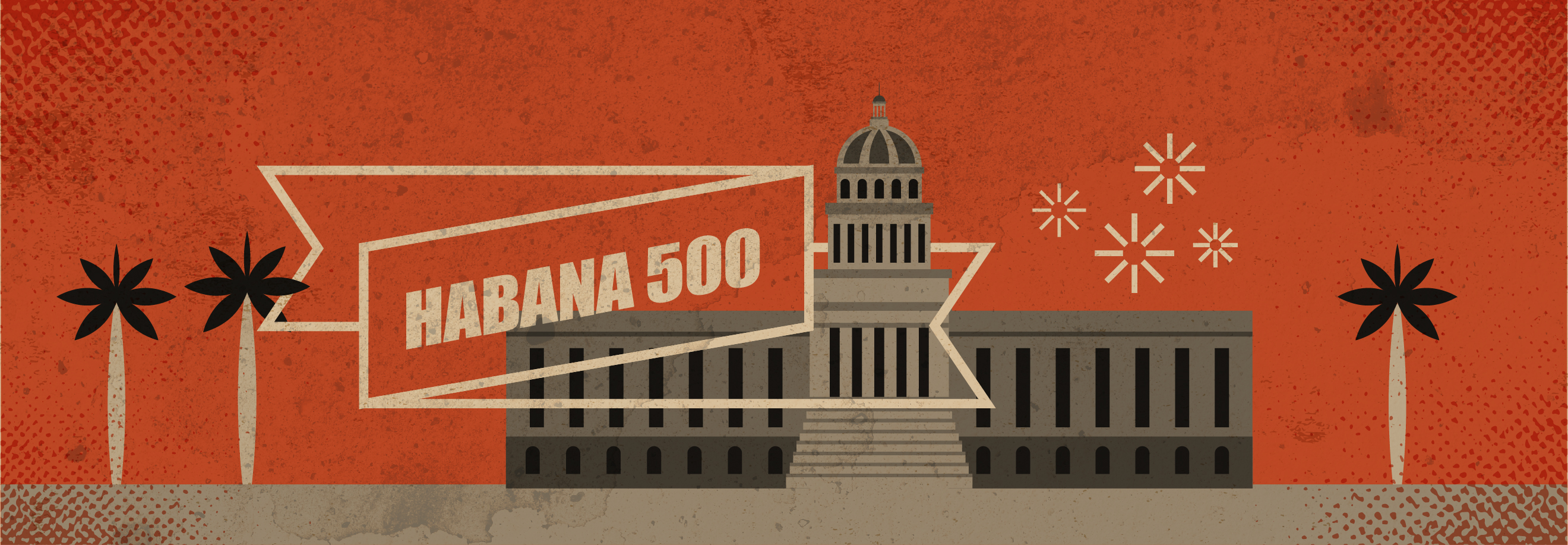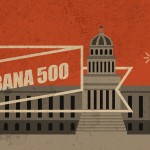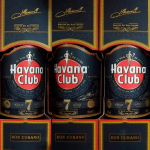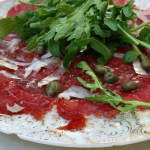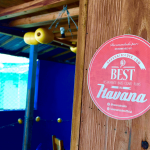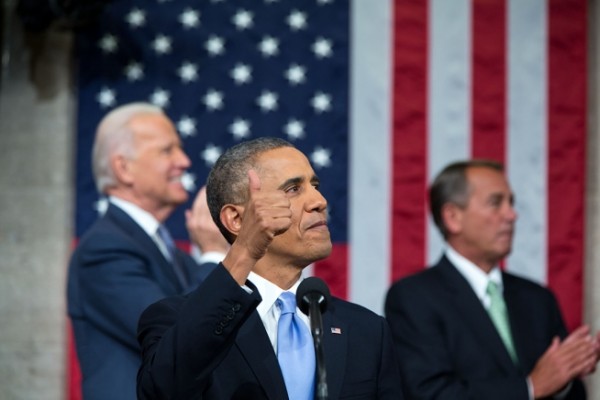
The White House announced February 17 that U.S. President Obama would travel to Cuba March 21-22, 2016. This is a political milestone in the measured but steady process of normalization between the two countries.
The most important commercial step to date in that process occurred last week, when the U.S. and Cuba said they had finally cleared the way for a resumption of direct commercial passenger air service between Cuba and the U.S. Industry experts predict commercial flights may begin as early as this summer, and to reach over 100 flights per day. Until now charter flights, currently around 20 per day and expected to continue, have been the main means of travel between the two neighbors.
The first visit of a sitting American president to Cuba since 1928 is big news, by any measure. It is the strongest symbol to date of improving ties. It signifies, and adds, momentum in that process. Obama is expected to meet with a wide range of Cubans while there, and to continue to urge greater commercial openings for U.S. firms to do business on the island. Domestically, Obama has repeatedly called for an end to the half century U.S. trade embargo that remains one of the biggest obstacles to stronger economic ties.
However, the growing number of U.S. visitors to Cuba is also strengthening economic ties and the embryonic private sector, in which restaurants, bars, and guest houses are key actors. Earlier this month the largest group of California vintners ever visited Havana for a series of tastings intended to help the travel industry there get to know California wines better.
The number of American travelers to Cuba has increased dramatically in the last 14 months, and could grow a lot more as travel options become simpler and more numerous. While U.S.law still prohibits tourist travel by Americans to Cuba, Americans can legally visit Cuba if they meet the criteria of any of the twelve categories of travel covered under the general license, or an ad hoc licenses issued by the Treasury Department.
Still, a number of logistical factors on the ground may continue, in the short term, to limit route expansion and traveler numbers. These include a shortage of hotel rooms and the inability to use U.S. credit cards in Cuba.
-William McIlhenny, co publisher of HavanaInsider and a former U.S. diplomat



